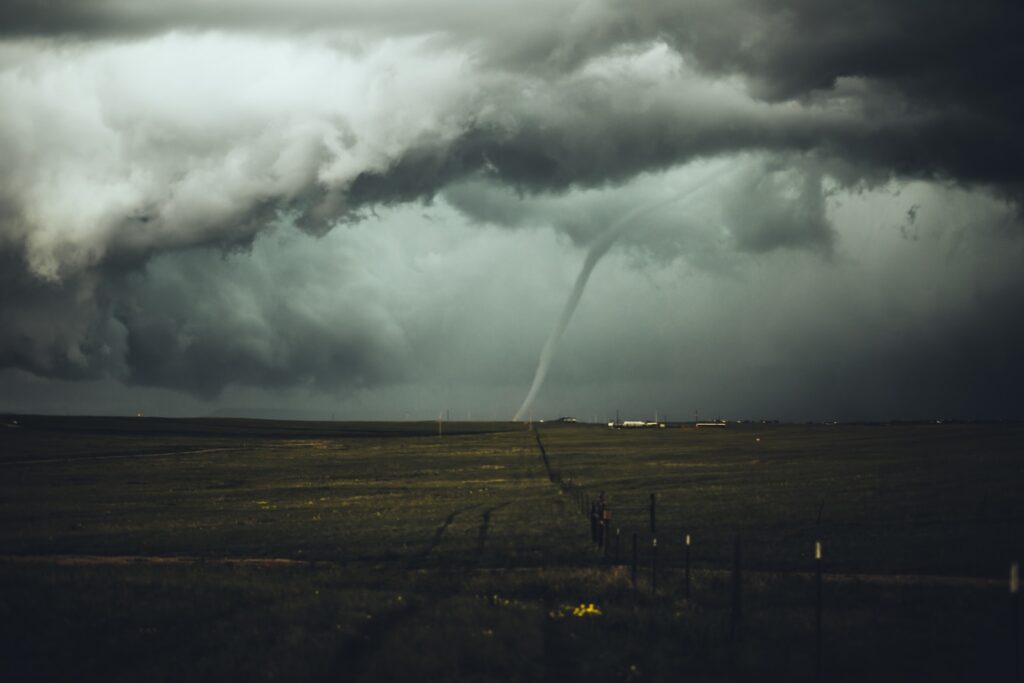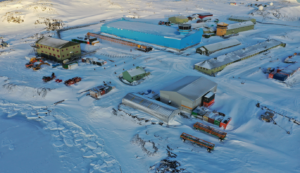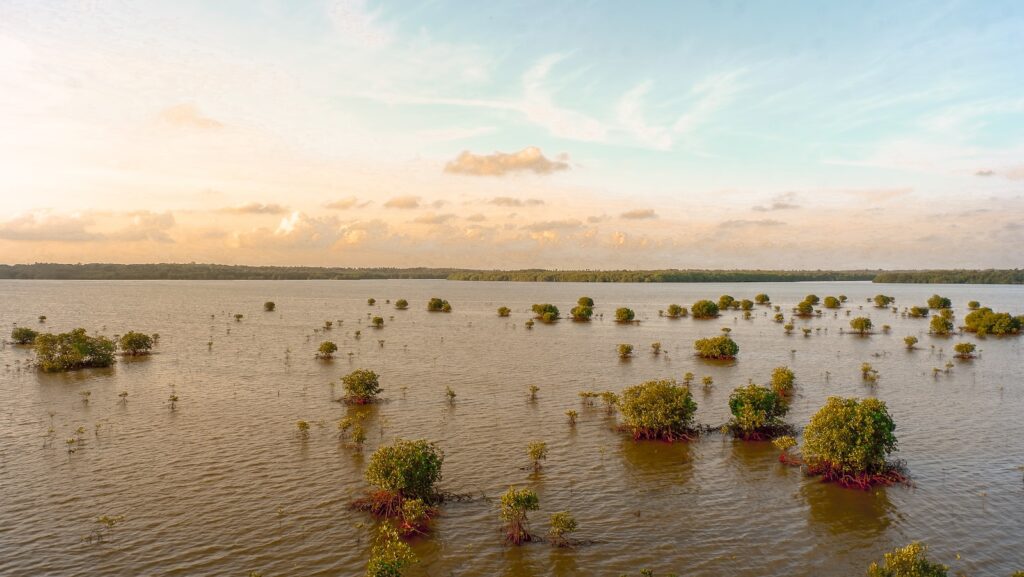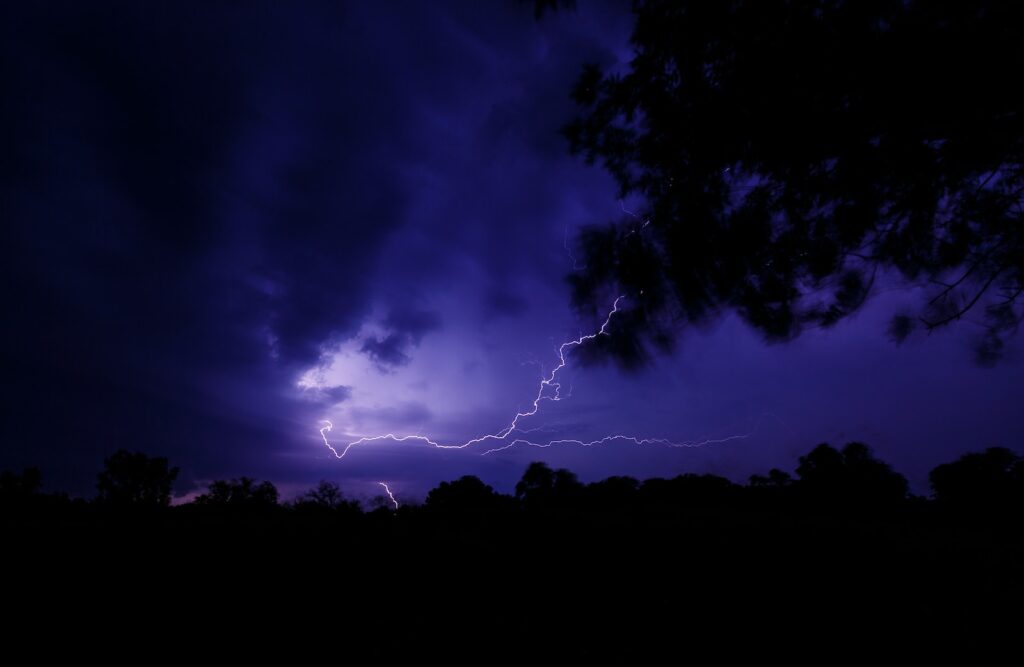Meteorological reporting is an essential economic tool
Nathan Neal, of Bristol Industrial & Research Associates Ltd (Biral), explains accurate weather sensor reporting is now fundamental to business as usual for many organisations.
The technology industry has experienced immense growth in recent years, with digital transformation revolutionising the way we live our lives. There are now more ways to communicate than ever before, however, in an increasingly interconnected ecosystem, the importance of reliable reporting is essential.
As things evolve, companies can harness the power of digital communications through the likes of social media and newsletters, providing accurate and up-to-date information in real-time. For meteorological-focused businesses, where atmospheric conditions are in a state of constant evolution, having an enhanced capability of reporting extensively streamlines the communication between an organisation and its stakeholders.
Developing Atmospheric Conditions
With the world’s fast evolution comes an abrupt increase in extreme weather events and erratic changes in atmospheric conditions. The National Centers for Environmental Information recorded that in 2022 alone, the United States sustained 18 weather and climate disasters where overall damages/costs reached or exceeded $1 billion, resulting in costs of approximately $185 billion for repairs to architecture and infrastructure.
As these conditions continue to evolve, and their frequency rises in tandem, the need for clear and consistent communication is imperative. The digital world is maturing at a rapid rate, with people, businesses and the wider public receiving greater access to information and news than we ever thought possible before.
Enhancing Education and Awareness
While increasing the frequency and consistency of communications is essential, it’s pertinent to raise the importance of education and the role it plays in understanding, reacting and preparing for the global atmosphere. The impact of climate change is only going to increase as more greenhouse gases are emitted into the atmosphere and education holds the key to navigating future uncertainty.
Educating people about their impact and response to the environment enables them to explore environmental issues, engage in environmental debates, and take action to improve education regarding the future of atmospheric conditions. As a result, individuals develop a deeper understanding of meteorological issues and have the knowledge to make more informed and proactive decisions.
Ensuring Accuracy and Reliability
Information has become more readily available than ever in recent years, and with this has come a societal need for accuracy and the reliability of the information that is used across an organisation’s processes and channels. An example of this arises around utilising external statistics and research and how they can be harnessed in a reliable and accurate manner.
When referring to data and research, it is essential that these are clearly referenced and the appropriate context is provided, in order to use the findings in the correct manner. Furthermore, statistics and content that will be inferred should be fully audited to validate its authenticity and ensure its message is in line with the organisation’s goals and objectives.

Adapting to Change
Meteorological conditions are always in a state of flux, and because of this, it is essential that we develop systems and solutions that allow for the accurate and continuous collection, processing and storage of data. These products must have the capacity to identify changing weather conditions, for example, visibility, thunderstorm detection or rainfall levels, and process this in an efficient and effective way.
These devices should be able to function across a specified measurement range and must have a margin for error that is as low as possible. Weather detection systems should also be resilient and designed in a way to adapt to the climate, being resistant to potential damage or disruption caused by changing temperature or humidity levels.
Harnessing the Power of Technology
Weather detection systems enable users to not only assess meteorological events as they happen but also allow businesses to take action on short-term changes in the atmosphere through the monitoring, analysing and forecasting of meteorological developments in real-time. This technology collates a wealth of information that can be used to improve our understanding of the weather and the wider climate.
Specialist weather detection technology allows businesses to prepare for future periods of meteorological uncertainty, providing them with additional time for any extreme weather events on the horizon. This data drives immense value when reliably reported for risk planning, drastically reducing potential disruption caused by extreme weather and future periods of meteorological uncertainty.
Embracing a Reliable Future
Technology is evolving rapidly, with its potential value for businesses rising in tandem. Information is becoming more readily available with each passing week, elevating the cruciality of reliable reporting from a nice to have to a necessity. As atmospheric conditions continue to develop, it is of paramount importance for organisations to ensure that they are reporting accurate and reliable data in a consistent manner across their communication channels and profiles.
More features:
https://environmentjournal.online/headlines/7-essential-books-for-climate-and-environmental-studies/
https://environmentjournal.online/features-opinion/overshoot-365-comparing-nations-natural-resource-consumption/
https://environmentjournal.online/features-opinion/essexcc-economic-growth-energy-retrofit/
Images: Rachman Reilli (Top) / NOAA (Middle) / Nikolas Noonan (Bottom)

















